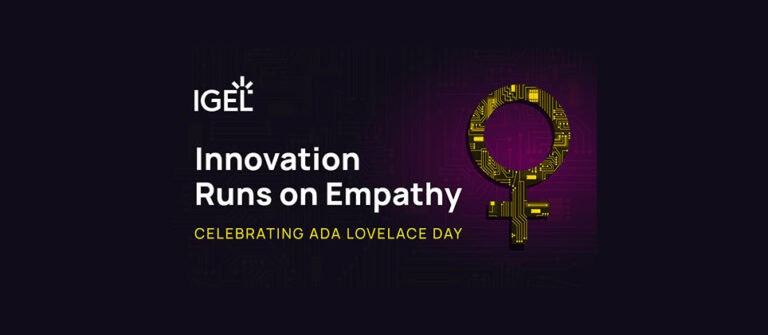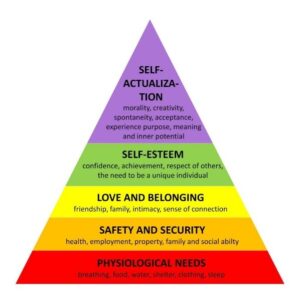IGEL Blog

Ada Lovelace Day: The Emotional Intelligence That Powers Innovation
This Ada Lovelace Day, we celebrate not only the first computer programmer, but the first person to see that technology could do more than calculate – it could imagine. Ada Lovelace believed that logic and creativity weren’t opposites, but partners. That same belief guides us today, as emotional intelligence (EI) becomes a defining force in how we lead, build, and collaborate in the age of AI.
What Emotional Intelligence Really Means
Emotional intelligence is the ability to recognize, understand, and manage your own emotions – while also connecting with, influencing, and responding to others’ emotions.
In a world that often tells us to “leave emotions out of it,” EI is not sentimentality – it’s situational awareness. It helps us read the room, adapt under pressure, and create conditions where people feel heard, safe, and motivated.
In Maslow’s hierarchy, emotional and social needs sit high on the pyramid – not because they’re optional, but because they’re essential to purpose, creativity, and progress. When people feel respected and understood, they do their best work.
Why Emotional Intelligence Matters in Technology
In IT, we deal in logic and data, but the real work happens between people. Projects succeed not just through code, but through trust, communication, and empathy. Teams with high emotional intelligence solve problems faster because they listen before they fix.
EI turns collaboration into momentum, leadership into inspiration, and conflict into creativity. It’s the unseen architecture of every high-performing organization.
And in a world where automation is rising, emotional intelligence is the edge that keeps us human. Artificial intelligence can optimize; it can’t empathize. It can process data, but not dynamics.
Emotional intelligence starts with connection, as belonging and self-awareness sit at the heart of motivation.
EI + AI: The Human Equation
AI excels at precision. EI excels at connection. When used together, they create balance – technology that understands context, and humans who make ethical, inclusive decisions.
At IGEL, we see this philosophy reflected in how we design and deliver technology. The idea of “fit-for-purpose” isn’t just technical – it’s emotional. It means understanding how people actually work, what they need to thrive, and removing what gets in the way. In security terms, it’s empathy by design, protecting people while empowering them to do their best work.
As Anja Schulz, IGEL’s Group General Counsel and Chief Legal Officer, puts it:
“Technology will always evolve, fast and relentlessly. But it’s people who give it meaning. Emotional intelligence is what connects us, transforms connection into trust, and turns digital spaces into real communities.”
And as Britta Loew, Senior Director, PMO and Leader of IGEL4Women, adds:
“Emotional intelligence gives women in tech a voice that goes beyond expertise to bring empathy, perspective, and balance to innovation. Ada Lovelace showed us that progress starts when we connect imagination with understanding.”
That’s emotional intelligence in action: creating technology that serves, not overwhelms; adapts, not dictates.
The Ada Lovelace Lesson
Ada Lovelace once wrote that machines could “weave algebraic patterns” just as looms wove flowers and leaves. She saw the artistry in computation and the emotional dimension in innovation.
Today, as we navigate a world increasingly shaped by algorithms, her vision reminds us: progress without empathy is incomplete. The future needs both: intelligence and emotional intelligence, automation and imagination, code and compassion.
So, this Ada Lovelace Day, let’s remember that being human is not a weakness in technology. It’s our greatest advantage.
For a deeper dive into emotional intelligence and human connection in the digital age, watch this insightful TEDx talk on Emotional Intelligence and the Power of Connection.


